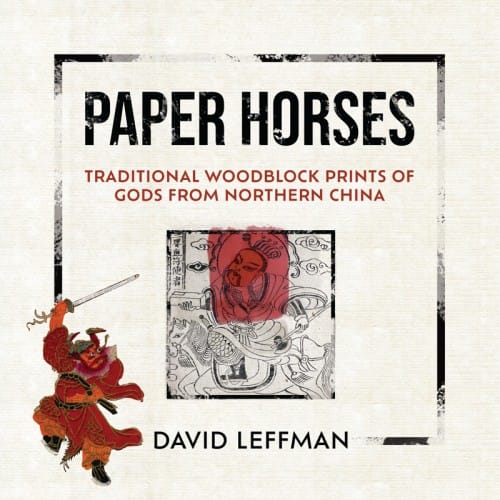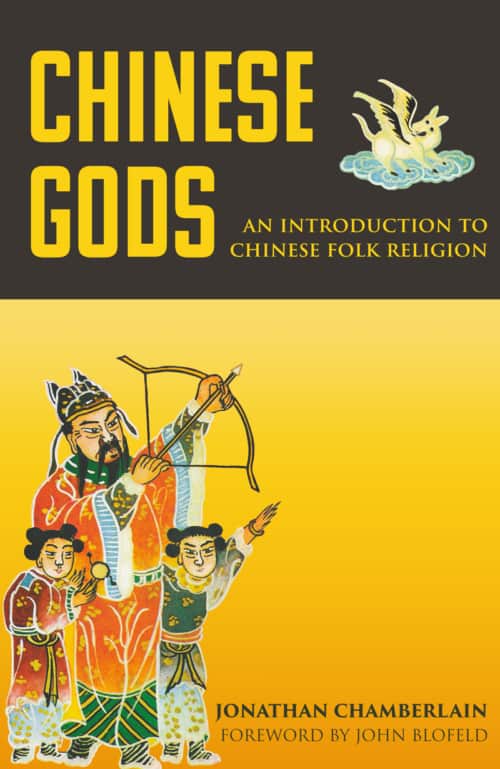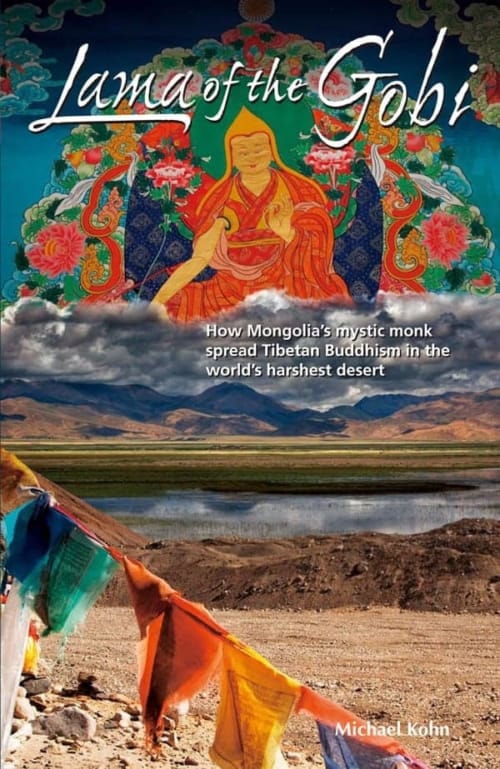In 2020 a large album of “paper horses” – prayer prints of Chinese gods – appeared for sale. How had these fragile things, cheaply printed in the 1940s and meant to be ritually burned soon after purchase, survived intact for so long? And how come there were at least three other identical sets in collections around the world?
In answering this mystery, author David Leffman explores the history and techniques behind traditional Chinese woodblock printing, which dates back to at least the Tang dynasty (618-907). All 93 “paper horses” in the original album are reproduced alongside biographies of the gods, spirits and demons depicted, providing an illustrated introduction to the complex and fascinating world of Chinese folk religion.
LOOK INSIDE THIS BOOK
Click the following links to read excerpts from the book.


